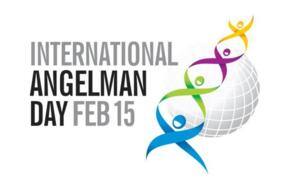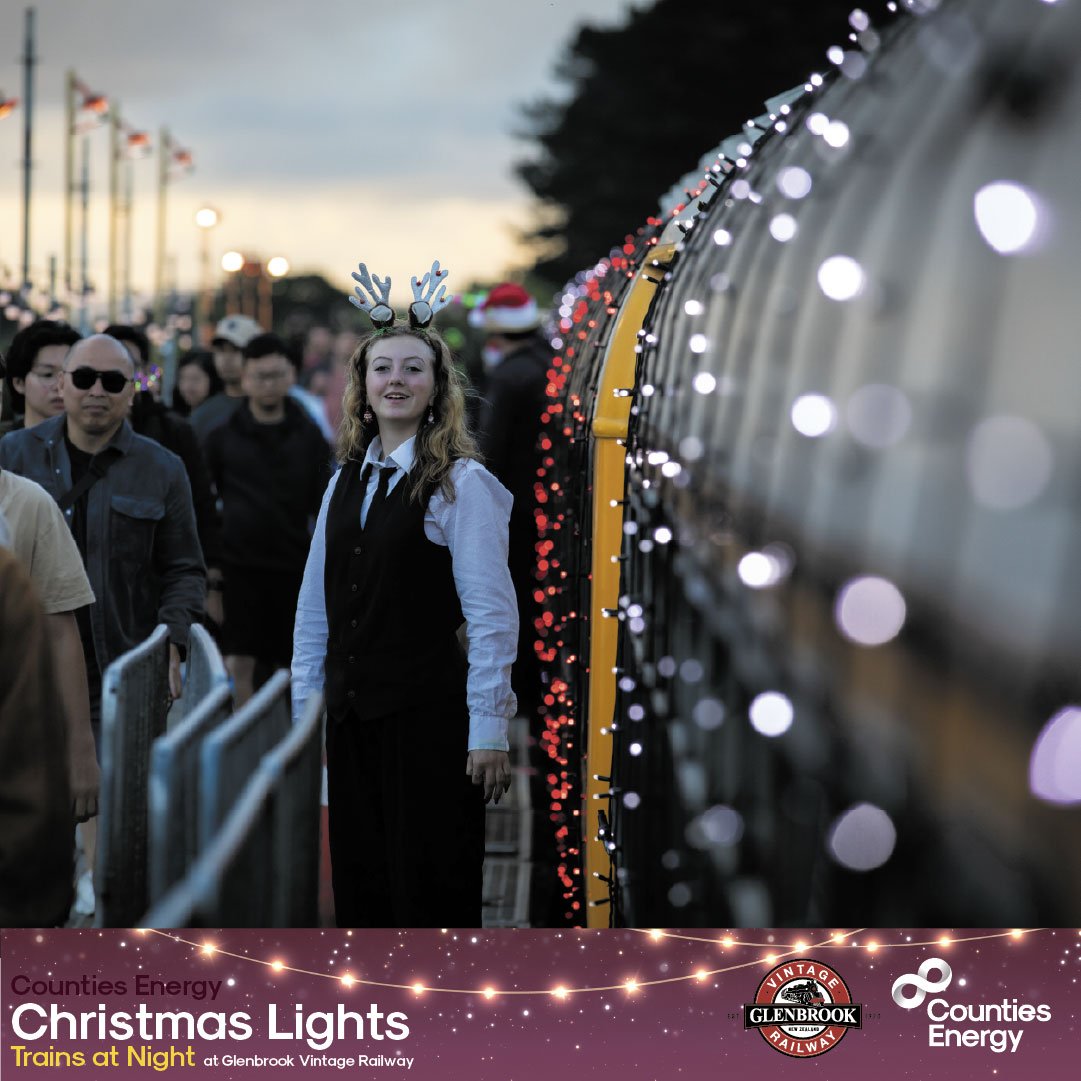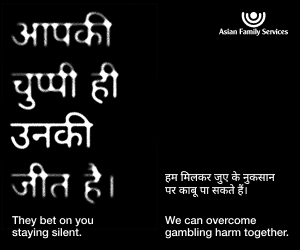Little angels need help

My grandson Arnav Bajpai is four years old. He lives in Auckland. A cheerful child, he calls his mother “mumumum.” His father too is “mumumum.” Actually, for him everyone is “mumumum.” That’s because he cannot speak even at this age.
Arnav suffers from overall developmental delays. His comprehension is weak, has barely any ‘fine’ motor movements and his walk is gaited, with ankles pointing outwards. He is dependent on others. He has been diagnosed with ‘Angelman Syndrome’ or the AS. It can be easily misdiagnosed as autism, cerebral palsy or some other syndrome, as those suffering from these share similar characteristics.
What causes AS?
It results from the loss of a particular gene---UBE3A---in chromosome number 15. Loss of this gene prevents neurons from functioning correctly in the brain, leading to deficiencies in learning and memory. The AS is a severe neurological disorder characterized by profound developmental delays, and in many cases epilepsy. Individuals with AS do not develop functional speech. The AS affects across races and genders. People having AS require life-long care and multiple medical interventions. Currently, there is no cure for it.
Is there any hope?
Fortunately, the answer is affirmative. Loss of UBE3A gene does not affect neuronal development, but the neuronal function. So, neurons can function normally if UBE3A gene function is restored. Moreover, the syndrome has been cured in mouse (models). And scientists have ideas on how to find a solution.
Who’s working on the AS?
The team of Dr. Edwin Weeber of University of South Florida is doing major researches. In 2012, Dr. Weeber used a trial drug called ‘minocycline’ on a selected children with AS. Results are expected in March.
What’s hindering research?
Lack of funds for the research is the main hindrance. Since only one in about 15,000 to 20,000 children suffer from the AS, major drug companies are not showing much interest in funding. It is estimated that to find the cure for AS, only about US$ 20 million would be needed. (http://www.cureangelman.org/what-hope.html) Compare this with the fact that in 2010 in USA, US$218 million was spent on Autism research and US$529 million on Alzheimer’s research (reference: www.report.nih.gov/rcdc/categories). Companies in the USA spend 2 to 3 million dollars for only a 30-second advertising slot during the Super Bowl each year.
One US organisation, “The Foundation for Angelman Syndrome Therapeutics” (or FAST), is dedicated to funding an aggressive research agenda, education, and advocacy. The FAST--- a fraternity of families and professionals---supports its chapters in other countries also.
How can Kiwis help?
An organization in New Zealand, “The Angelman Network” (www.angelmannetwork.com), is promoting awareness of the AS. It is making efforts to raise money to supplement the efforts of FAST, USA. My family has taken a challenge upon itself and set an initial target of raising NZ$100,000 for FAST, USA (in coordination with The Angelman Network, New Zealand) as our humble contribution towards finding a cure. Our family is committing the first $1000 donation.
How can you help?
For the first time, February 15 has been designated as the International Angelman day with the logo.
The Angelman Network, New Zealand, has organised an event on the International Angelman Day, on February 16, between 11am and 2pm, at PHAB Building, 8 Auburn Street, Takapuna, Auckland. Please show your support and meet many ‘angels’ who will be present. You can help by donating towards the cause. You can commit just $2(two)/week for one year, or $100 one time.
If you are a commercial organisation or a trust, we request you to donate as much as you can. For any clarifications, please contact The Angelman Network, New Zealand, or Dr. Rakesh Shukla, Ph.D. Mail him on rks.esgrp@gmail.com.
My grandson Arnav Bajpai is four years old. He lives in Auckland. A cheerful child, he calls his mother “mumumum.” His father too is “mumumum.” Actually, for him everyone is “mumumum.” That’s because he cannot speak even at this age. Arnav suffers from overall developmental delays. His...
My grandson Arnav Bajpai is four years old. He lives in Auckland. A cheerful child, he calls his mother “mumumum.” His father too is “mumumum.” Actually, for him everyone is “mumumum.” That’s because he cannot speak even at this age.
Arnav suffers from overall developmental delays. His comprehension is weak, has barely any ‘fine’ motor movements and his walk is gaited, with ankles pointing outwards. He is dependent on others. He has been diagnosed with ‘Angelman Syndrome’ or the AS. It can be easily misdiagnosed as autism, cerebral palsy or some other syndrome, as those suffering from these share similar characteristics.
What causes AS?
It results from the loss of a particular gene---UBE3A---in chromosome number 15. Loss of this gene prevents neurons from functioning correctly in the brain, leading to deficiencies in learning and memory. The AS is a severe neurological disorder characterized by profound developmental delays, and in many cases epilepsy. Individuals with AS do not develop functional speech. The AS affects across races and genders. People having AS require life-long care and multiple medical interventions. Currently, there is no cure for it.
Is there any hope?
Fortunately, the answer is affirmative. Loss of UBE3A gene does not affect neuronal development, but the neuronal function. So, neurons can function normally if UBE3A gene function is restored. Moreover, the syndrome has been cured in mouse (models). And scientists have ideas on how to find a solution.
Who’s working on the AS?
The team of Dr. Edwin Weeber of University of South Florida is doing major researches. In 2012, Dr. Weeber used a trial drug called ‘minocycline’ on a selected children with AS. Results are expected in March.
What’s hindering research?
Lack of funds for the research is the main hindrance. Since only one in about 15,000 to 20,000 children suffer from the AS, major drug companies are not showing much interest in funding. It is estimated that to find the cure for AS, only about US$ 20 million would be needed. (http://www.cureangelman.org/what-hope.html) Compare this with the fact that in 2010 in USA, US$218 million was spent on Autism research and US$529 million on Alzheimer’s research (reference: www.report.nih.gov/rcdc/categories). Companies in the USA spend 2 to 3 million dollars for only a 30-second advertising slot during the Super Bowl each year.
One US organisation, “The Foundation for Angelman Syndrome Therapeutics” (or FAST), is dedicated to funding an aggressive research agenda, education, and advocacy. The FAST--- a fraternity of families and professionals---supports its chapters in other countries also.
How can Kiwis help?
An organization in New Zealand, “The Angelman Network” (www.angelmannetwork.com), is promoting awareness of the AS. It is making efforts to raise money to supplement the efforts of FAST, USA. My family has taken a challenge upon itself and set an initial target of raising NZ$100,000 for FAST, USA (in coordination with The Angelman Network, New Zealand) as our humble contribution towards finding a cure. Our family is committing the first $1000 donation.
How can you help?
For the first time, February 15 has been designated as the International Angelman day with the logo.
The Angelman Network, New Zealand, has organised an event on the International Angelman Day, on February 16, between 11am and 2pm, at PHAB Building, 8 Auburn Street, Takapuna, Auckland. Please show your support and meet many ‘angels’ who will be present. You can help by donating towards the cause. You can commit just $2(two)/week for one year, or $100 one time.
If you are a commercial organisation or a trust, we request you to donate as much as you can. For any clarifications, please contact The Angelman Network, New Zealand, or Dr. Rakesh Shukla, Ph.D. Mail him on rks.esgrp@gmail.com.









Leave a Comment